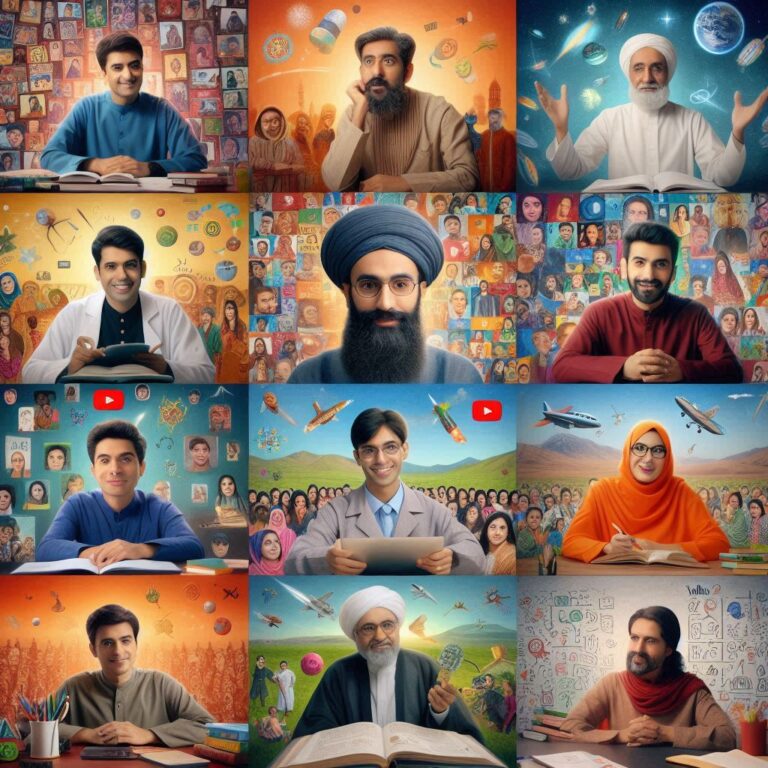Modern education is undergoing a digital transformation. The chalk-and-talk approach is gradually being replaced by interactive and technology-driven teaching. With students growing up in a tech-savvy environment, integrating technology into classrooms is not just beneficial—it’s essential. Teachers today face the challenge of keeping students engaged, and technology provides the tools to meet that challenge effectively.
1. Understanding Student Engagement in the Digital Age
Student engagement refers to the level of attention, curiosity, interest, and passion that students show when they are learning. In today’s digital age, traditional lectures often fail to hold students’ attention. Modern students respond better to interactive content, visual aids, and gamified experiences. Teachers need to recognize this shift and adapt their teaching methods accordingly.
2. Benefits of Using Technology in the Classroom
a. Increases Motivation and Interest
Technology introduces an element of novelty and excitement into the classroom. Students are more likely to participate and stay motivated when lessons incorporate tools they are already familiar with.
b. Enhances Accessibility
Online platforms and apps make education more inclusive. Students with disabilities can benefit from screen readers, subtitles, and voice-to-text features.
c. Encourages Collaboration
Digital tools allow students to work together in real-time, even from different locations. This fosters teamwork and communication skills.
d. Provides Instant Feedback
Quizzes and assessments can be automated to provide immediate results, helping students identify areas of improvement quickly.
3. Tools and Platforms That Enhance Engagement
a. Interactive Whiteboards and Smart Displays
These tools make it easy to display videos, diagrams, and live annotations. Students can interact with the content directly, making lessons more hands-on and engaging.
b. Learning Management Systems (LMS)
Platforms like Google Classroom, Moodle, and Canvas help teachers organize assignments, distribute materials, and facilitate discussions. They streamline communication and keep students informed.
c. Gamified Learning Platforms
Websites like Kahoot!, Quizizz, and Blooket turn quizzes into fun competitions. These platforms add a game-like element to education, making learning enjoyable and competitive.
d. Educational Apps & Websites
Apps such as Khan Academy, Duolingo, and Edmodo provide subject-specific learning aids. These tools often include interactive exercises and personalized learning paths.
e. Multimedia Tools
Using videos, podcasts, and animations can make complex topics easier to understand. YouTube channels like CrashCourse and TED-Ed are excellent resources for supplementary learning.
4. Using Virtual Reality (VR) and Augmented Reality (AR)
VR and AR bring lessons to life. Imagine a history class where students can virtually explore ancient Rome or a biology class where they can see 3D models of cells. These immersive experiences make learning memorable and impactful.
5. Encouraging Collaboration Through Technology
Group projects can be executed using Google Docs, Slides, and Sheets, which allow real-time collaboration. Discussion forums and chat tools enable students to share ideas and feedback, fostering a collaborative learning environment. Video conferencing tools like Zoom and Microsoft Teams are invaluable for remote learning and virtual study groups.
6. Personalizing Learning with AI and Analytics
Adaptive learning platforms like DreamBox and Smart Sparrow analyze student performance and adjust content difficulty accordingly. Teachers can use analytics to track progress and tailor instruction to each student’s needs.
7. Challenges Teachers Might Face
a. Limited Access
Not all students have access to devices or a stable internet connection. Schools must work towards bridging the digital divide.
b. Learning Curve
Teachers may need training to effectively use new tools. Continuous professional development is essential.
c. Distractions
Technology can be a double-edged sword. It’s important to maintain a balance to prevent distractions from social media and other apps.
d. Managing Screen Time
Excessive screen time can lead to fatigue. Teachers should design lessons that combine tech use with offline activities.
8. Best Practices for Teachers
- Start Small: Introduce one new tool at a time to avoid overwhelming yourself or your students.
- Provide Training: Teach students how to use new platforms effectively.
- Blend Traditional and Digital: Use tech to enhance, not replace, traditional teaching methods.
- Evaluate Regularly: Assess the effectiveness of tools and adjust your approach as needed.
Conclusion
Technology, when used thoughtfully, can transform classrooms into vibrant, interactive, and inclusive learning environments. By embracing digital tools, teachers can better engage students, personalize learning experiences, and prepare them for a tech-driven world. The future of education lies in a balanced blend of traditional wisdom and modern innovation—and the time to start is now.



